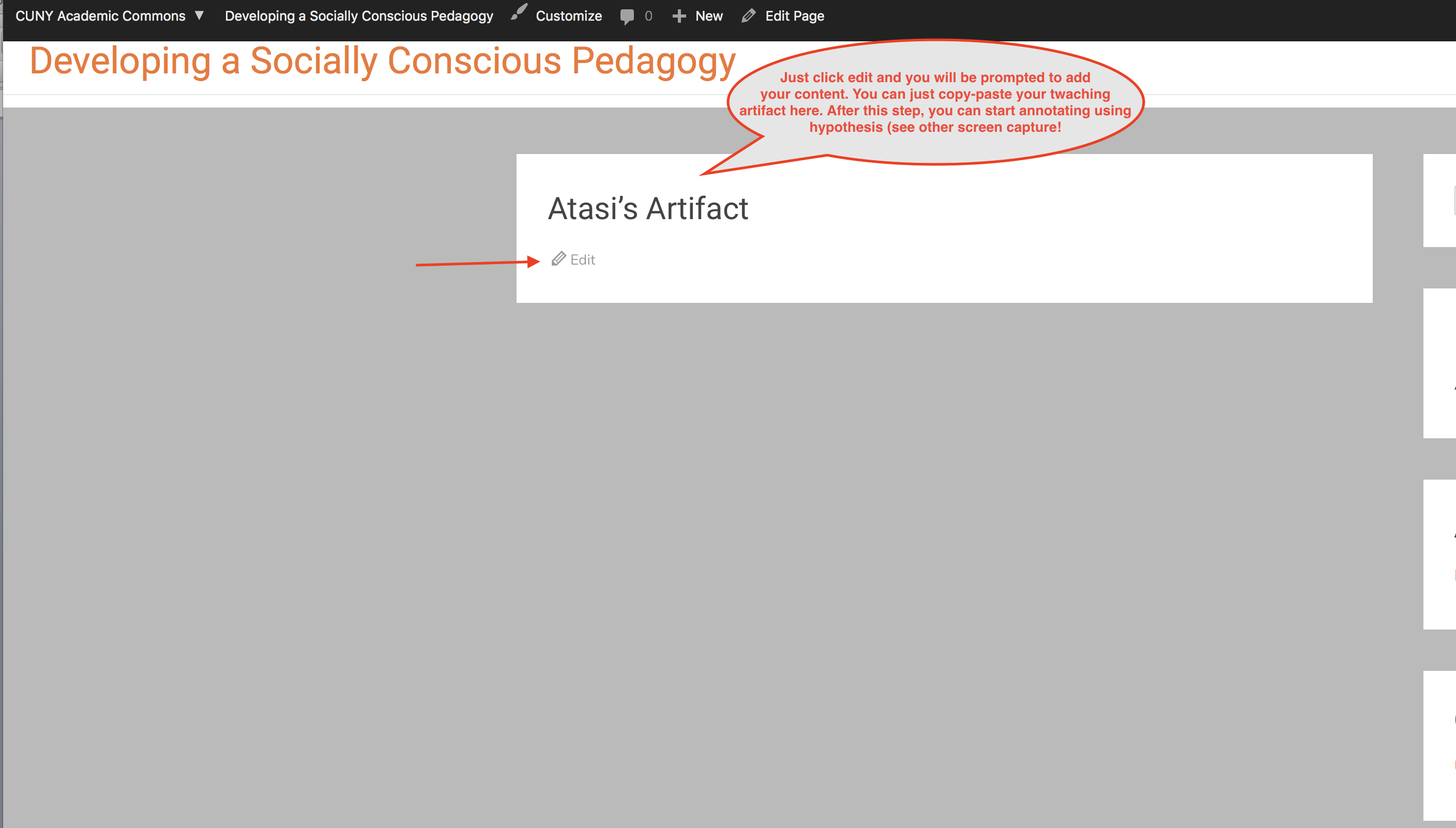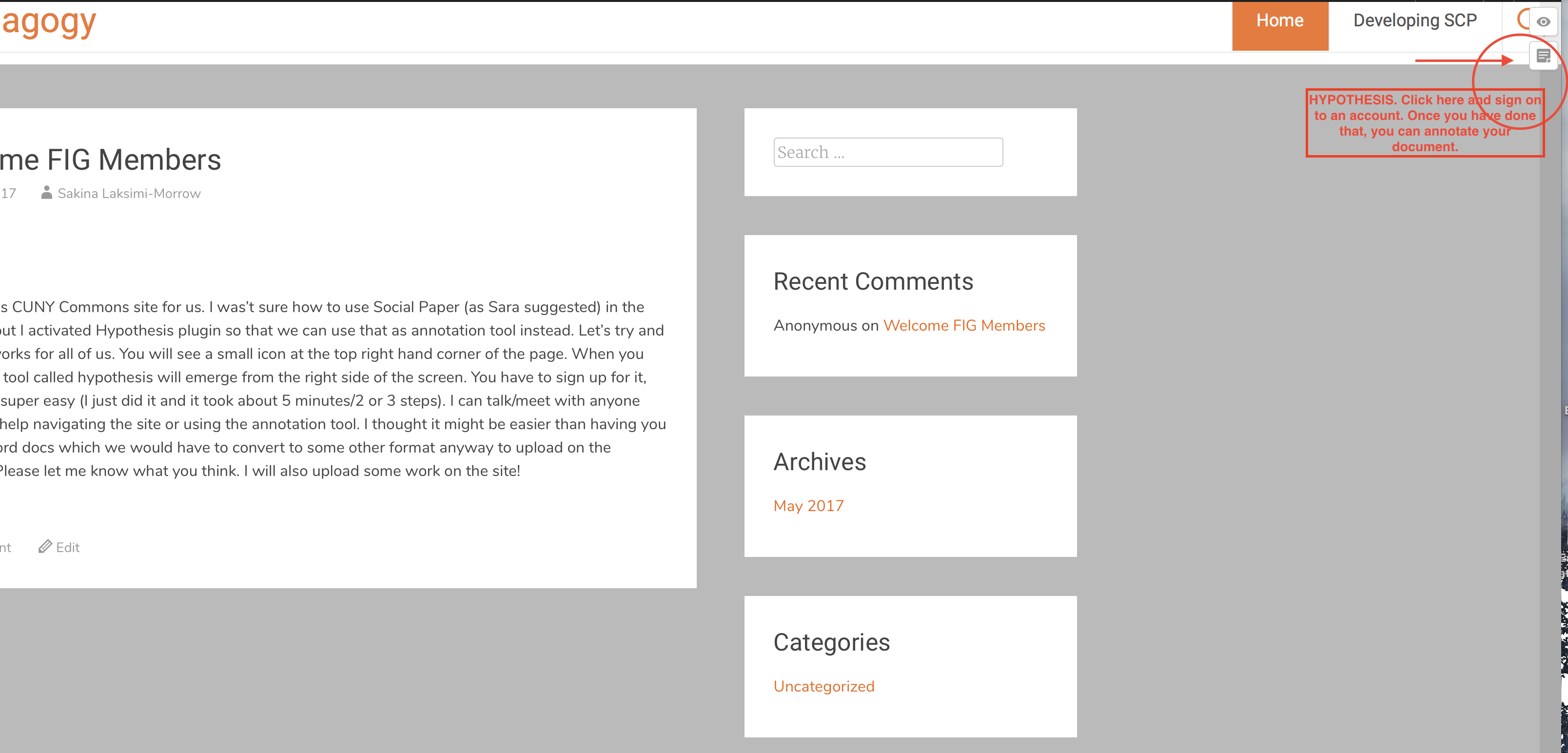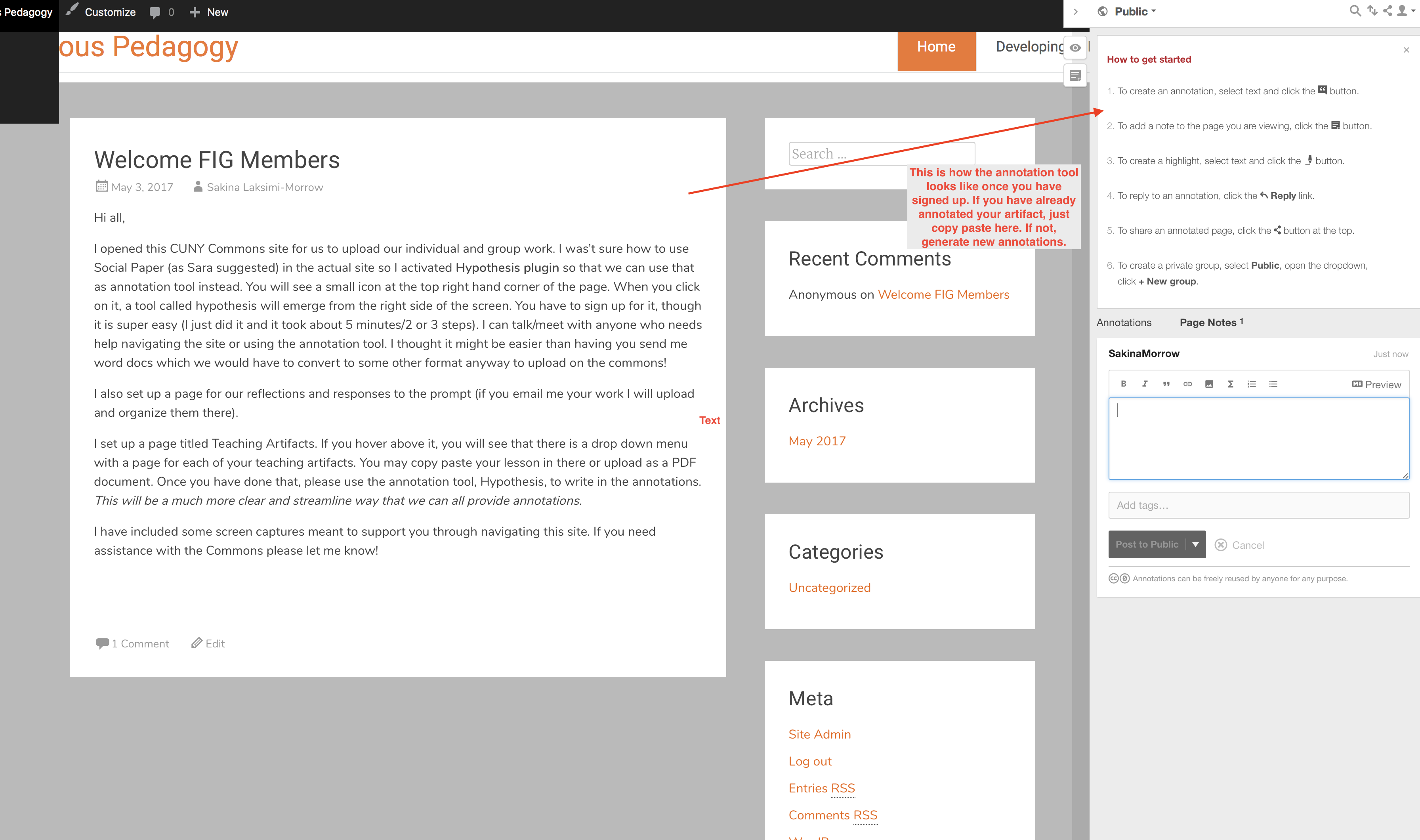What a time to be teaching and learning.
I thought I’d revisit this blog space, which has been dormant for awhile, to add some thoughts I’ve had about teaching and learning, now that all college classes, and even K-12 schooling has moved online to help families adhere to social distancing policy.
Educators have a tendency to privilege what happens within the four walls of their classrooms as “learning,” and anything that happens outside of that as irrelevant. But as COVID-19 changes the nature of schooling, we would all do well to reflect on something the Connected Learning community has known for awhile, and what really, all of us know somewhere deep down — learning can happen “anytime, anywhere.” And learning happens when young people connect what they do at home, at school, and in other face-to-face, and online communities.
My dissertation adviser, Dr. Kate Menken, sent this article from Ed Week to me and my colleague Dr. Laura Ascenzi-Moreno. It’s about how distance learning might leave emergent bilingual K-12 students behind. Kate was justifiably concerned that articles like this one underestimate what families do with their children at home. I agree. While the article raises real challenges around ensuring access to technologies and bandwidth, and ensuring teachers feel prepared, the presumption is that only the activities sanctioned by educators are going to yield this thing called “learning.” We know from all of the research on funds of knowledge etc etc that deep, powerful, and meaningful learning happens at home, too.
Educators are no doubt overwhelmed during the transition, and the goal for at least the next few weeks should be simply getting comfortable. But once educators get to some semblance of a rhythm, there needs to be real creative thinking. This is NOT about replicating the school day, as this Twitter user put it.
There are real opportunities in our current moment for authentic learning, and many families will rise to the challenge. But only if
- Schools understand the tech hardware families have, and the linguistic resources of families and students (as always)
- Schools and teachers support and design authentic learning opportunities, and forge community with their students and their families.
Kids will need reasons to self-motivate and manage their time around school-based tasks — this is something that adults working from home are still not great at mastering! Parents can only do so much to motivate their kids to do school work, if kids don’t see the relevance or importance of anything they are doing, then why do it? There are plenty of other interest-driven things to do with devices. Now more than ever, educators should support students to become learners in communities, providing opportunities for kids to host livestreams about things they care about, record podcasts and videos, even create tik toks about what they are learning. We can lean into activities that smart teachers already did to connect their students to authentic audiences: my colleague at the Graduate Center, Wendy Barrales, who worked as an Ethnic Studies, ELA, and ENL teacher, used to ask her students to write book reviews on goodreads.com — amping up the traditional reading log with an audience and an intention. Let’s compile those kinds of creative ideas, and do more storytelling about authentic learning that WILL happen during these uncertain times.
Now’s the time to completely break up the school day and classes, assigning teachers to small groups of kids to shadow and support them in following their interests and to make connections across content areas, to create opportunities for students to share what they are doing and learning to the broader community. To host open calls where families can ask questions, get answers, share their experiences.
This is not going to be easy, and not going to happen quickly, but I feel like now is the time to think big.




